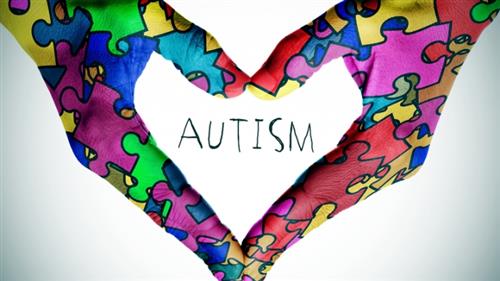- Glassboro High School
- Child Study Team
- National Autism Awareness Month
Guidance
Page Navigation
- Welcome!
- Meet Our Guidance Counselors
- Senior College Application Overview
- Curriculum & Course Offerings
- 9th Grade Action Plan
- 10th Grade Action Plan
- 11th Grade Action Plan
- 12th Grade Action Plan
- Summer Credit Recovery
- Child Study Team
- I&RS Team
- Planning Your High School Program
- Senior Parent Night 2024-25
- College and Career Information
- Graduation and Credit Accumulation
- Letters of Recommendation
- Common Application
- Naviance
- SAT'S & ACT'S
- ASVAB
- Transcript Request Form
- Education Verification
- Working Papers
- Going to College in NJ
- Senior Profile Questionaire
- RCSJ
-
National Autism Awareness Month

National Autism Awareness Month: April 1-30
General Information
In the 1970's, the Autism Society began to promote National Autistic Children's Week (now called National Autism Awareness Month) in order to bring more awareness about Autism. Through this awareness, we are able to educate the community on what Autism is and with early intervention and access to support and appropriate services, we can help those with Autism lead full lives with the ability to interact on ther own terms. We can increase acceptance of individuals and families of Autism and acknowledge those who serve students with Autism. In 1999, the puzzle ribbon was created as a universal sign of Autism. This ribbon is filled with different colors, different shapes, and a complex puzzle pattern to signify the complexity of Autism spectrum, diversity of people and families living with Autism, and hope that we may raise more awareness to this condition.

Get Involved: School Based Activities and Celebration Ideas!
- Light it up Blue on April 2, for World Autism Awareness Day! Wear a blue shirt and make sure your co-workers, classmates, and friends do too!
- Visit Paula Kluth's website, https://www.paulakluth.com/, to learn of ideas for inclusive practices in your classroom for student's with Autism.
- Spread awareness by creating a display area within your school to share facts about Autism.
- Visit the Center for Autism and Related Disorders (CARD) at https://www.centerforautism.com/ to learn more about different resources as well as programs to help individuals learn to communicate, develop friendships, and lead happy, healthy lives.
- Share facts about Autism at the beginning of your classes everyday through April. Facts and data can be found at the CDC Website, https://www.cdc.gov/ncbddd/autism/data.html
- Explore your senses! Set up a sensory exhibit in your classrooms, highlighting different senses for your students to explore.
- Encourage those around you to read a book about Autism! A great choice is Uniquely Human: A Different Way Of Seeing Autism by Barry Prizant
Mark Your Calendars! April 1-30!


